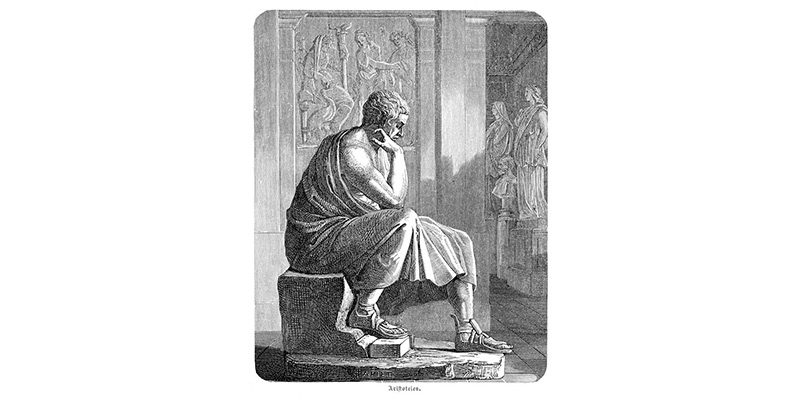History of Solar Eclipses

Solar eclipses have fascinated humans for thousands of years, and many ancient cultures have developed their own myths and legends to explain these rare astronomical events.
Early Explanations
One of the earliest known records of a solar eclipse comes from the ancient Chinese, who recorded an eclipse in 2136 BCE. They believed that a dragon was devouring the Sun, and civilians would make loud noises and bang on pots and pans to scare it away.
In ancient Greece, the philosopher Anaxagoras correctly predicted a solar eclipse in 478 BCE. He was the first to suggest that the Moon shines by reflecting light from the Sun, and he was imprisoned for this proposal. His research led to his discovery that eclipses are caused by the Moon blocking the Sun’s light when it passes in front of it. However, his scientific explanation for the phenomenon was not widely accepted until centuries later.

Another Greek philosopher, Aristotle, later refined this theory, explaining that the Earth was at the center of the universe and that the Moon's orbit was slightly tilted relative to the Earth's orbit around the Sun. This meant that eclipses occurred when the Moon passed directly between the Sun and Earth, casting a shadow on the planet.
The ancient Maya of Central America were also skilled astronomers and recorded solar eclipses in their calendars. They believed that the eclipses were a sign of impending doom, so they would perform elaborate rituals to appease the gods.
In the Middle Ages, Islamic astronomers developed more accurate models of the movements of the Sun, Moon, and planets. The Persian astronomer Al-Battani, for example, refined the earlier Greek models, proposing that the Moon's orbit around the Earth was elliptical rather than circular.
By the time of the Renaissance, scientists had developed even more sophisticated theories to explain eclipses, incorporating ideas such as the rotation of the Earth and the elliptical orbits of the planets.
Today, astronomers have a detailed understanding of the mechanics of eclipses, and are able to predict the exact timing and location of these rare astronomical events with great precision. Solar eclipses are still a source of wonder and fascination, and astronomers and scientists continue to study them to gain a better understanding of our universe.
Famous Eclipses
Eclipses that make it to the status of “famous” are generally those that have led to scientific discovery. Some, though, were noted for the sheer number of people who witnessed them.
One of the first recorded eclipses was the Thales of Miletus Eclipse in 585 BCE. The ancient Greek philosopher Thales of Miletus correctly predicted the solar eclipse would occur during a battle between the Lydians and the Medes; however, historians debate the exact year the eclipse occurred, and Thales’ method to predict the event remains uncertain. Regardless, upon observing the phenomenon in the sky, soldiers on both sides laid down their weapons and called a truce to end the war.
In 1715, the famous astronomer Edmund Halley (of Halley’s comet) correctly calculated the event of a solar eclipse within four minutes over England. Halley used Isaac Newton’s newfound theory on gravitation for his prediction, and he’s credited with funding the publication of Newton’s work in the Principia.
The Total Solar Eclipse of 1919 is famous for providing the first experimental evidence for Einstein's theory of general relativity; Einstein predicted that some stars would appear in a different position in the sky during the eclipse due to the Sun’s gravity bending the starlight. Astronomers observed this shift in position to be accurate, and Einstein published his complete theory soon after.
The Solar Eclipse of August 11, 1999 was the first visible total solar eclipse in the United Kingdom since 1927, and the first visible in Europe in nearly ten years. It was one of the most photographed eclipses in history, viewable to over 350 million people.
The Great American Eclipse of 2017 was a total solar eclipse that was visible–at least partially–across the entire United States. Millions of people watched, as it was the first total solar eclipse to span the United States since 1918.
Get Ready for the 2023 and 2024 Eclipses
Two eclipses are on the horizon within six months of each other: October 14, 2023 and April 8, 2024. Find out where and how to make the most of your eclipse viewing experience by checking out our upcoming eclipse page! Order eclipse viewing glasses HERE!

